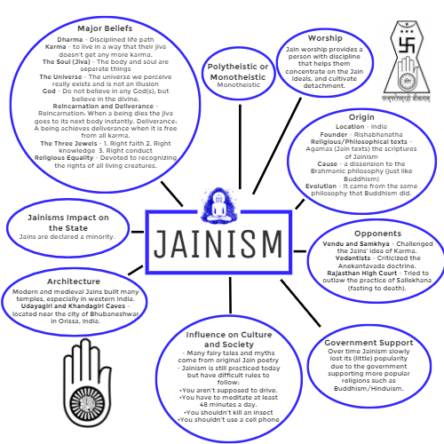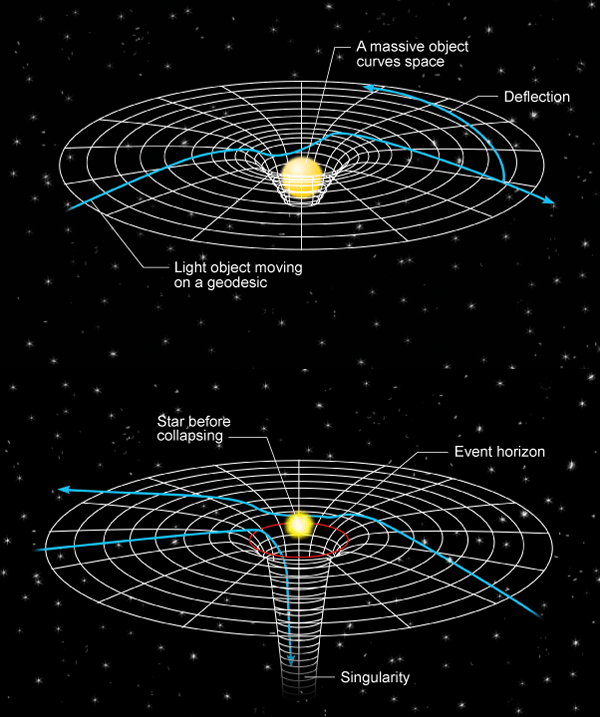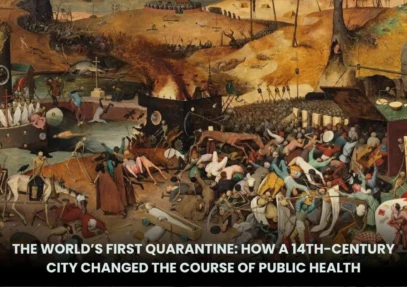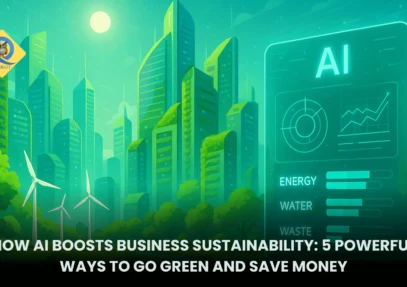What is the role of the Pope in the Catholic Church?
Aspect Renewable Energy Non-Renewable Energy Definition Energy from replenishable natural resources (e.g., sunlight, wind). Energy from finite resources that take millions of years to form (e.g., coal, oil). Availability Virtually inexhaustible; naturally replenished. Limited; depletes over time andRead more
| Aspect | Renewable Energy | Non-Renewable Energy |
| Definition | Energy from replenishable natural resources (e.g., sunlight, wind). | Energy from finite resources that take millions of years to form (e.g., coal, oil). |
| Availability | Virtually inexhaustible; naturally replenished. | Limited; depletes over time and cannot be replenished quickly. |
| Examples | Solar, wind, hydropower, geothermal, biomass. | Coal, oil, natural gas, nuclear (uranium, plutonium). |
| Environmental Impact | Minimal; low greenhouse gas emissions; eco-friendly. | High; significant greenhouse gas emissions and pollution. |
| Cost and Infrastructure | High initial investment but low operational costs; requires storage solutions. | Established infrastructure, cheaper initially but costly long-term due to environmental damage. |
| Sustainability | Sustainable for long-term use if managed responsibly. | Unsustainable due to finite reserves and environmental consequences. |
| Global Impact | Promotes energy security, widely available resources. | Dependence on finite resources can lead to energy crises. |
See less








The Pope holds a pivotal role in the Catholic Church, serving as the spiritual leader and the highest authority within the Church. Here are the key aspects of the Pope's role: Spiritual Leader Supreme Pontiff: The Pope is regarded as the supreme spiritual leader of Catholics worldwide, guiding the CRead more
The Pope holds a pivotal role in the Catholic Church, serving as the spiritual leader and the highest authority within the Church. Here are the key aspects of the Pope’s role:
Through these roles, the Pope ensures the Church remains steadfast in its mission, adapting to changing times while preserving its core teachings.
See less